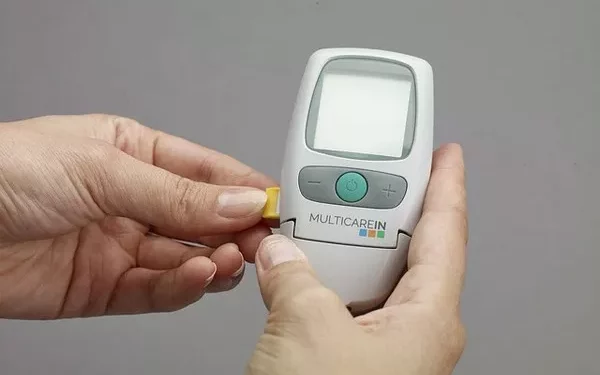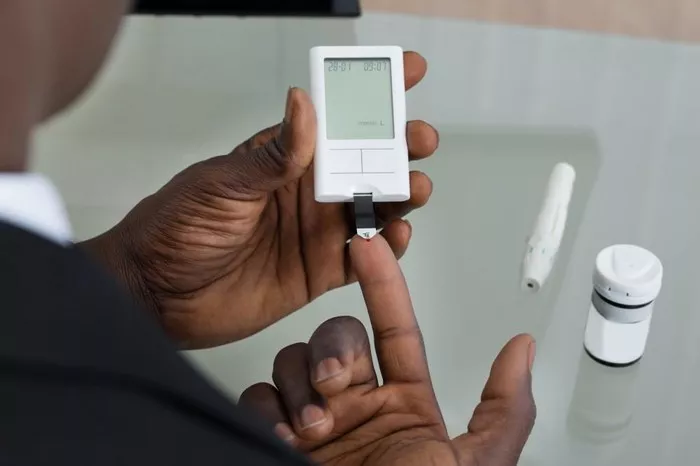A newly formed coalition, the Waikato Diabetes Community Team, exemplifies the power of collaboration in enhancing diabetes care for the region’s residents. This initiative, comprised of four dedicated professionals from three primary health organizations and the Waikato Regional Diabetes service, aims to streamline support for individuals living with type 2 diabetes.
Meet the Team
The team includes Suzanne Moorhouse from Hauraki, Helen Morton from the National Health Coalition, Ryan Paul from Waikato Regional Diabetes, and Kathy Knight from the Pinnacle Midlands Health Network. Knight emphasized the enhanced impact achieved through their collaborative efforts. “Together, we have made significant strides in improving care for those living with type 2 diabetes, primarily managed within the community,” she stated.
Addressing Diabetes in the Community
With approximately 27,000 individuals diagnosed with type 2 diabetes in the greater Waikato area, the team is focused on building capacity within primary care settings. Their goal is to ensure that all whānau receive the best evidence-based care, regardless of the health provider they access.
In their efforts, the team identified critical barriers to optimal diabetes management, including a lack of coordination and variability in care across different practices. They also noted deficiencies in specialist expertise and the need for updated evidence-based practices.
Positive Outcomes and Initiatives
Through collaborative support to local practices, which includes the expertise of a nurse, pharmacist, dietitian, and endocrinologist, the team has successfully lowered the average HbA1c levels for 47% of individuals living with type 2 diabetes in Waikato to below 53 mmol/mol. HbA1c is a key measure for monitoring diabetes, reflecting average blood glucose levels over the previous three months. For many with diabetes, maintaining an HbA1c level under 53 mmol/mol is the target.
To streamline their efforts, the team established weekly meetings and developed real-time diabetes dashboards for each primary health organization, ensuring consistent data collection. Knight noted, “We have implemented comprehensive updates for common forms and provided clear, consistent messaging to all practices. Every practice now has access to the team’s diabetes manual, regardless of their PHO.”
Additionally, the team has organized basic and advanced diabetes education days, bi-monthly online updates via Zoom, and consistent information on pharmacy-dispensed medications. They also launched a diabetes management course in partnership with the New Zealand Society for the Study of Diabetes through Waikato University.
Future Goals
While acknowledging that challenges remain, Knight expressed optimism about their approach. “Our goal was to demonstrate how a collaborative care model and strong relationships could tackle existing barriers and enhance the quality of life for our diabetes whānau,” she concluded.
This initiative marks a significant step forward in coordinated diabetes care, aiming to improve outcomes and support for those managing type 2 diabetes in Waikato.
Related topics:
Electronic Nudges Increase Flu Vaccination Rates in Non-Diabetics but Not in Diabetics
Blood Vitamin E Levels Linked to Blood Pressure in Non-Diabetic Adults
Study Finds Connection Between COVID-19 and Type 2 Diabetes in Young People



























